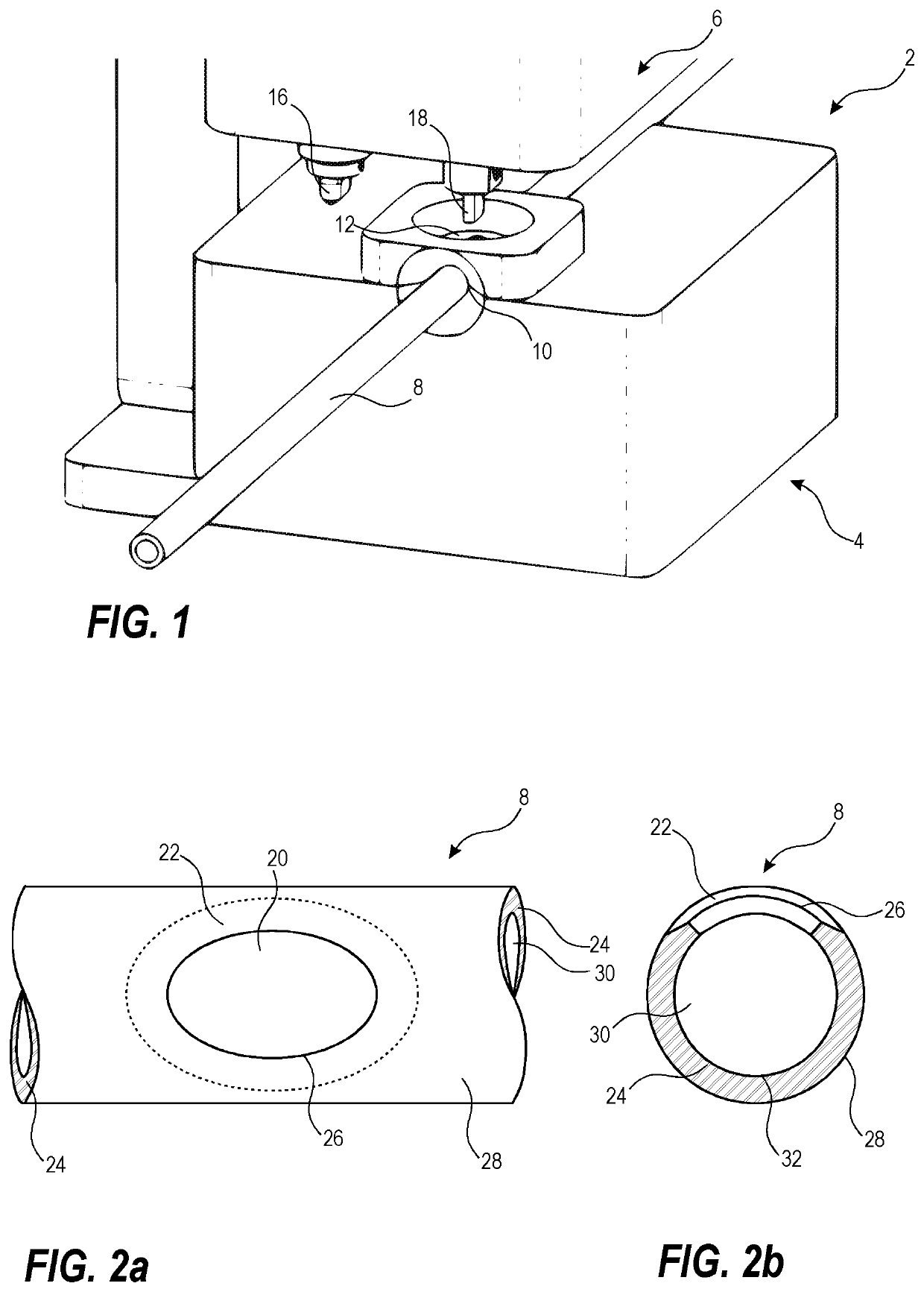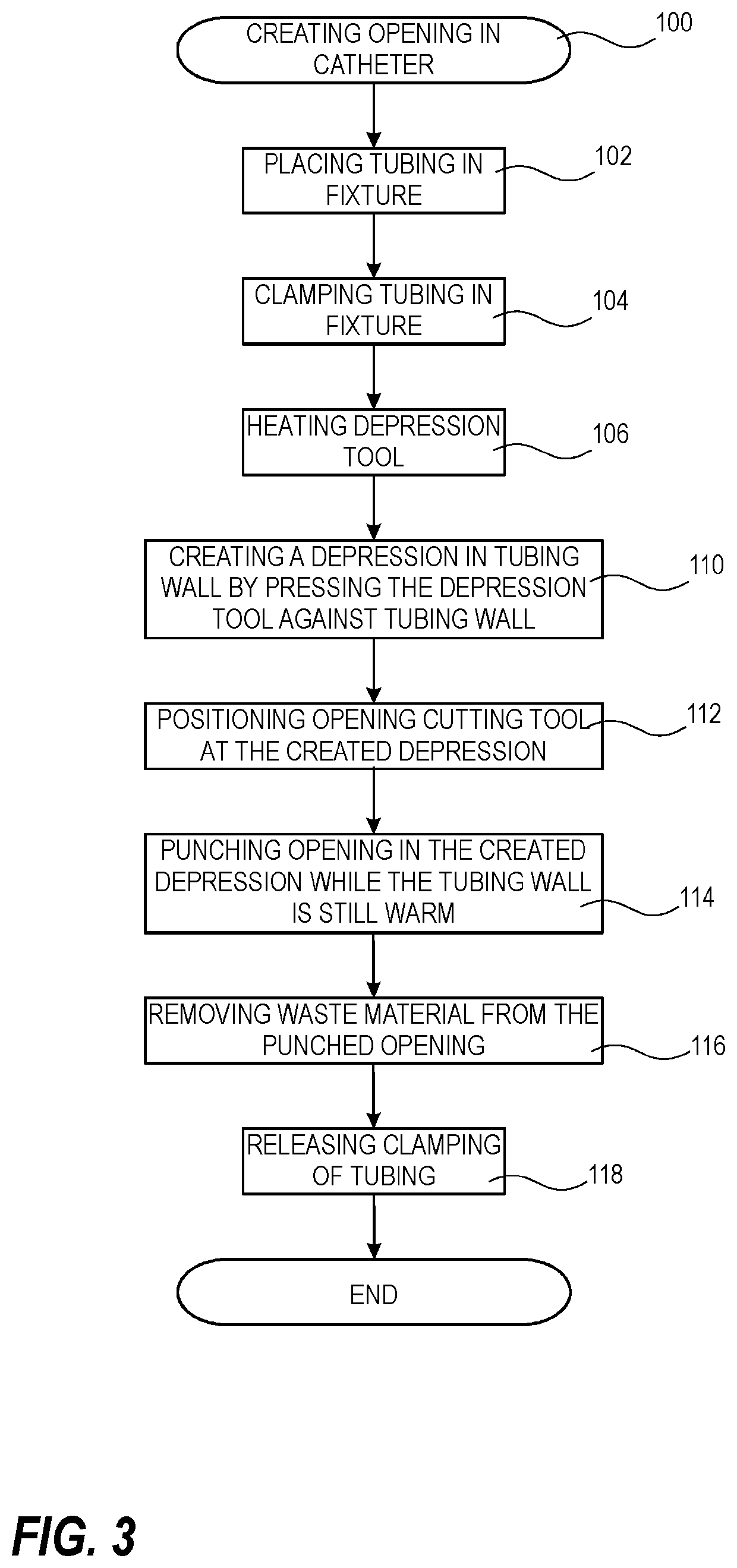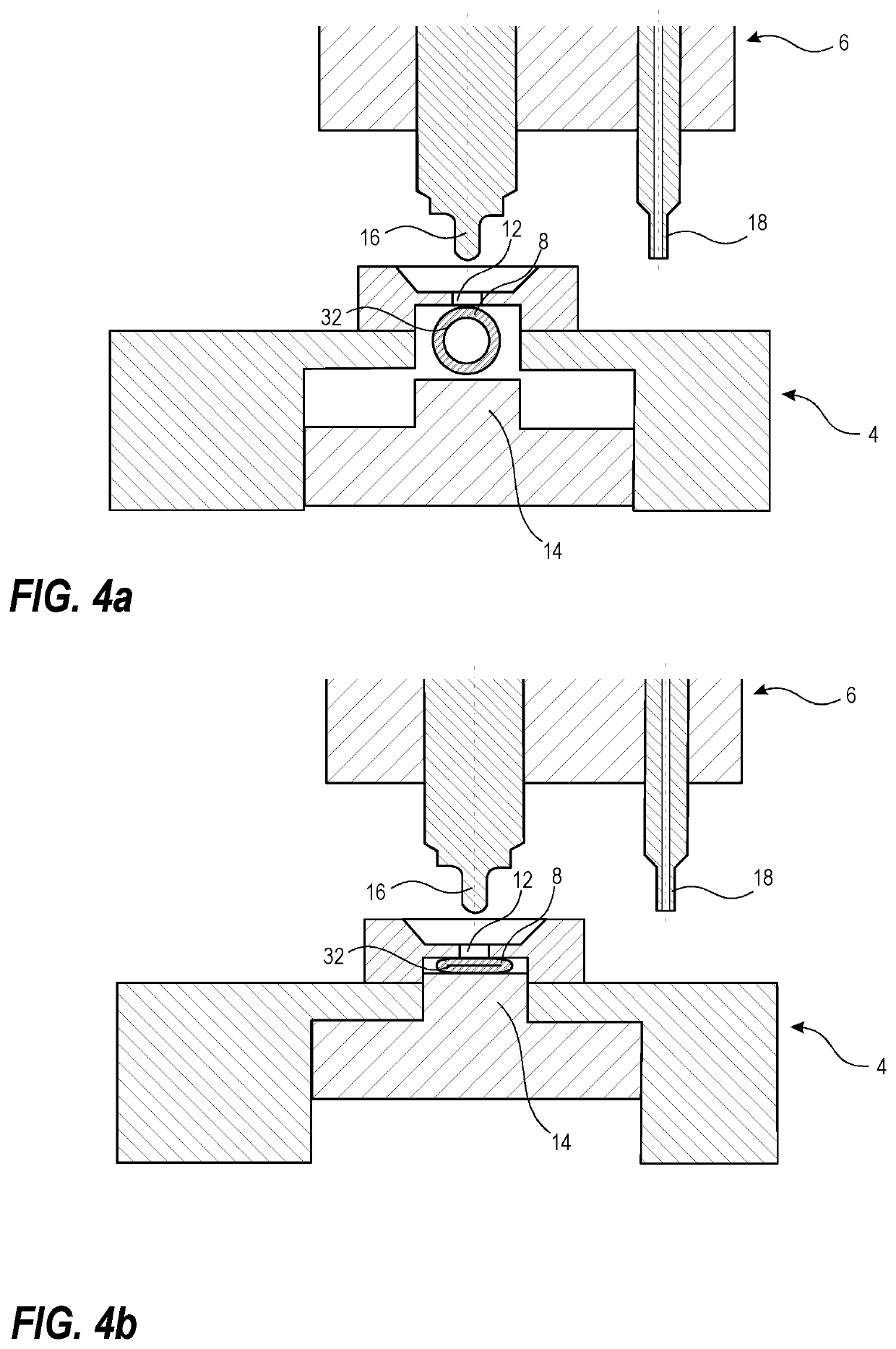Catheter and process for manufacturing a catheter
a manufacturing process and catheter technology, applied in the direction of catheters, metal working devices, etc., can solve the problems of less precision, compared with the prior art, affecting the quality of catheters, and reducing the risk of discomfort or harm for users or patients, so as to facilitate the opening process and improve quality. , the effect of less precision
- Summary
- Abstract
- Description
- Claims
- Application Information
AI Technical Summary
Benefits of technology
Problems solved by technology
Method used
Image
Examples
Embodiment Construction
[0027]Hereinafter, certain embodiments will be described more fully with reference to the accompanying drawings. It will be apparent to those skilled in the art that various modifications and variations can be made without departing from the inventive concept. Other embodiments will be apparent to those skilled in the art from consideration of the specification and practice disclosed herein. The embodiments herein are provided by way of example so that this disclosure will be thorough and complete, and will fully convey the scope of the inventive concept, and that the claims be construed as encompassing all equivalents of the present inventive concept which are apparent to those skilled in the art to which the inventive concept pertains. If nothing else is stated, different embodiments may be combined with each other.
[0028]Now referring to FIG. 1, showing parts of a machine 2 arranged for making openings in tubing 8 during a process of manufacturing of a catheter according to some e...
PUM
 Login to View More
Login to View More Abstract
Description
Claims
Application Information
 Login to View More
Login to View More - R&D
- Intellectual Property
- Life Sciences
- Materials
- Tech Scout
- Unparalleled Data Quality
- Higher Quality Content
- 60% Fewer Hallucinations
Browse by: Latest US Patents, China's latest patents, Technical Efficacy Thesaurus, Application Domain, Technology Topic, Popular Technical Reports.
© 2025 PatSnap. All rights reserved.Legal|Privacy policy|Modern Slavery Act Transparency Statement|Sitemap|About US| Contact US: help@patsnap.com



